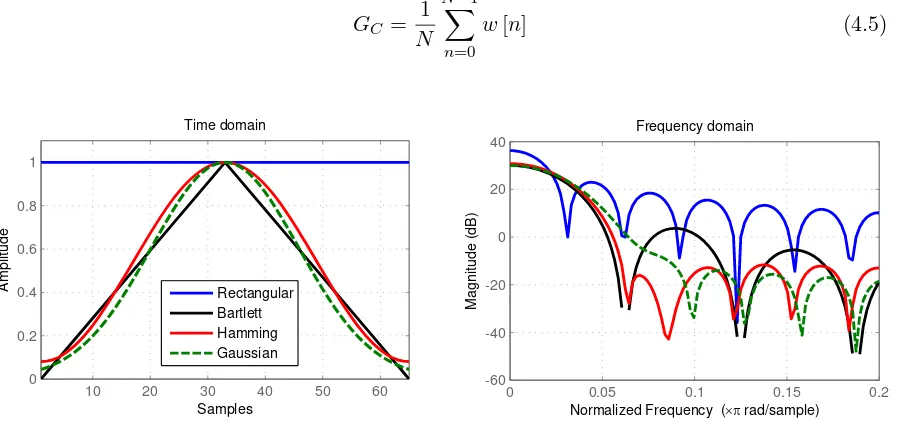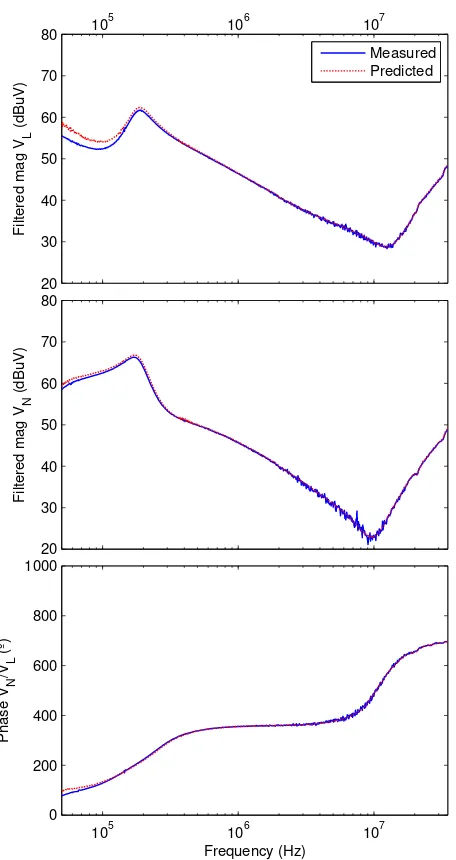Electric-Device Characterization for Interference Prediction and Mitigation by an Optimal Filtering Design
Texto completo
Figure




Documento similar
Considering the main sources of power loss in each gearbox stage, gears and rolling bearings, antagonistic effects were observed, as presented in Figure 2, Figure 3 and Figure 4.
The current work develops an analytical model that extends a design of experiments for the leaching of manganese from marine nodules, using sulfuric acid (H 2 SO 4 ) in the
Figure 2 shows the packet delivery ratio of the CBR UDP flows measured in the two directions (from the Internet to the VANET and vice versa) against the percentage of vehicles of
Figure 6 shows the same normalized intensity as Figure 5 but only for the horizontal segment edges, with measurements of the phasing subaperture on the segment center and shift left
The newly formed FAPI-PbS QDs are dissolved in FAPI solution for the fabrication of perovskite thin films for the characterization and device applications
Figure 4.12, shows the area values calculated by each subject within the selected window, and in Figure 4.13, the differences in the mean of the Granger causality areas calculated
Two measurements a day were made with the sensor and the commercial thermal camera at two different time periods, one in the morning (9 GMT + 2) and the other at midday (14 GMT +
In winter time, solar energy is collected by the solar roof to assist the conditioning system in heating the building and producing domestic hot water.. Figure 4, shows a





